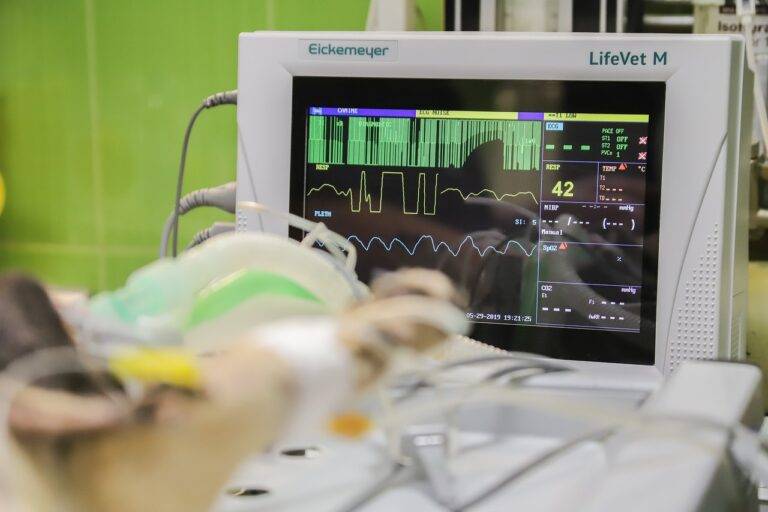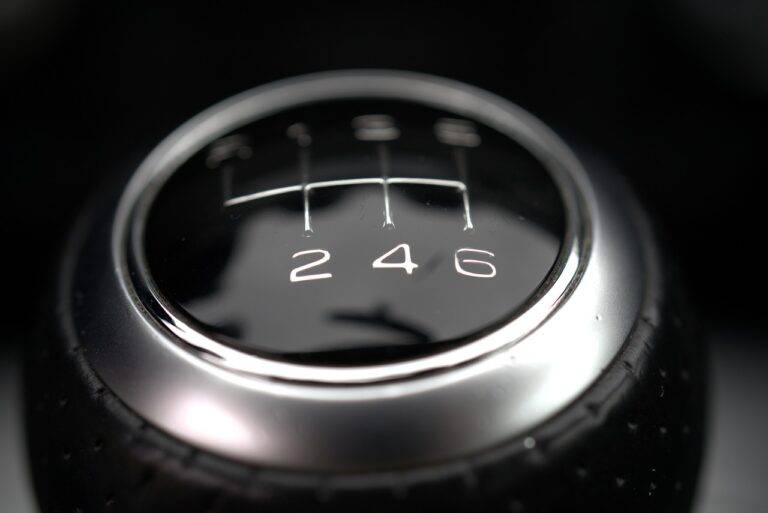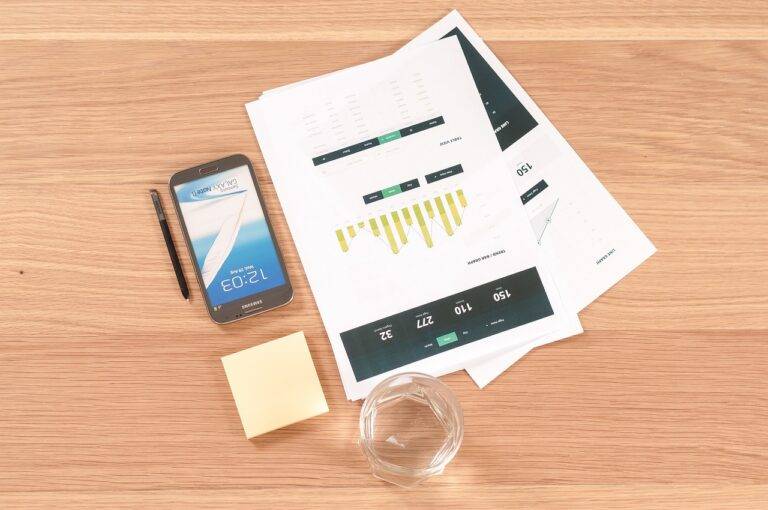The Challenges of Data Privacy in the Age of IoT
The Internet of Things (IoT) refers to the interconnected network of devices and objects that can communicate and share data with each other. From smart home devices like thermostats and security cameras to wearable fitness trackers and industrial sensors, the IoT has transformed the way we interact with technology in our daily lives. However, this interconnected nature also raises concerns about data privacy and security.
As more devices collect and transmit sensitive personal information, the potential for data breaches and unauthorized access increases. From location tracking on smart devices to health data stored on wearables, the amount of personal information being collected and shared within the IoT ecosystem is vast. With this increase in data collection comes the responsibility to ensure that proper security measures are in place to protect user privacy and prevent data misuse.
Header 2: The Proliferation of Connected Devices and the Risks to Personal Data
The rapid growth of connected devices in our everyday lives brings about significant risks to personal data security. With the Internet of Things (IoT) becoming increasingly prevalent, from smart home devices to wearable technology, the amount of data being collected, stored, and shared has escalated tremendously. As more devices gather and transmit personal information, the potential for data breaches and privacy violations also rises concurrently.
Moreover, the interconnected nature of these devices creates complex cybersecurity challenges. Each connected device presents a potential entry point for hackers to exploit vulnerabilities and access sensitive information. The lack of standardized security protocols across IoT devices further exacerbates the vulnerability of personal data, leaving individuals at heightened risk of data breaches and unauthorized access to their private information.
What is the Internet of Things (IoT)?
The Internet of Things (IoT) refers to the network of interconnected devices and objects that are able to collect and exchange data with each other. These devices can range from smartphones and smart home appliances to wearable technology and industrial machinery.
How does the IoT impact data privacy?
The IoT poses significant risks to data privacy as it involves the collection and sharing of vast amounts of personal information. This data can be vulnerable to security breaches, hacking, and unauthorized access, putting individuals at risk of identity theft and other forms of cybercrime.
What are some examples of connected devices?
Examples of connected devices include smart thermostats, fitness trackers, security cameras, smart TVs, and even cars that are equipped with internet connectivity. These devices are designed to make our lives more convenient and efficient, but they also pose potential risks to our personal data.
How can individuals protect their personal data in the age of connected devices?
To protect personal data in the age of connected devices, individuals can take steps such as using strong passwords, keeping software updated, being cautious about sharing personal information online, and using secure networks when connecting to IoT devices. It is also important to read privacy policies and terms of service before using any connected device.
What are some potential risks associated with the proliferation of connected devices?
Some potential risks associated with the proliferation of connected devices include unauthorized access to personal data, data breaches, surveillance and tracking, and the potential for devices to be hacked and used for malicious purposes. It is important for individuals to be aware of these risks and take measures to protect their privacy and security.





